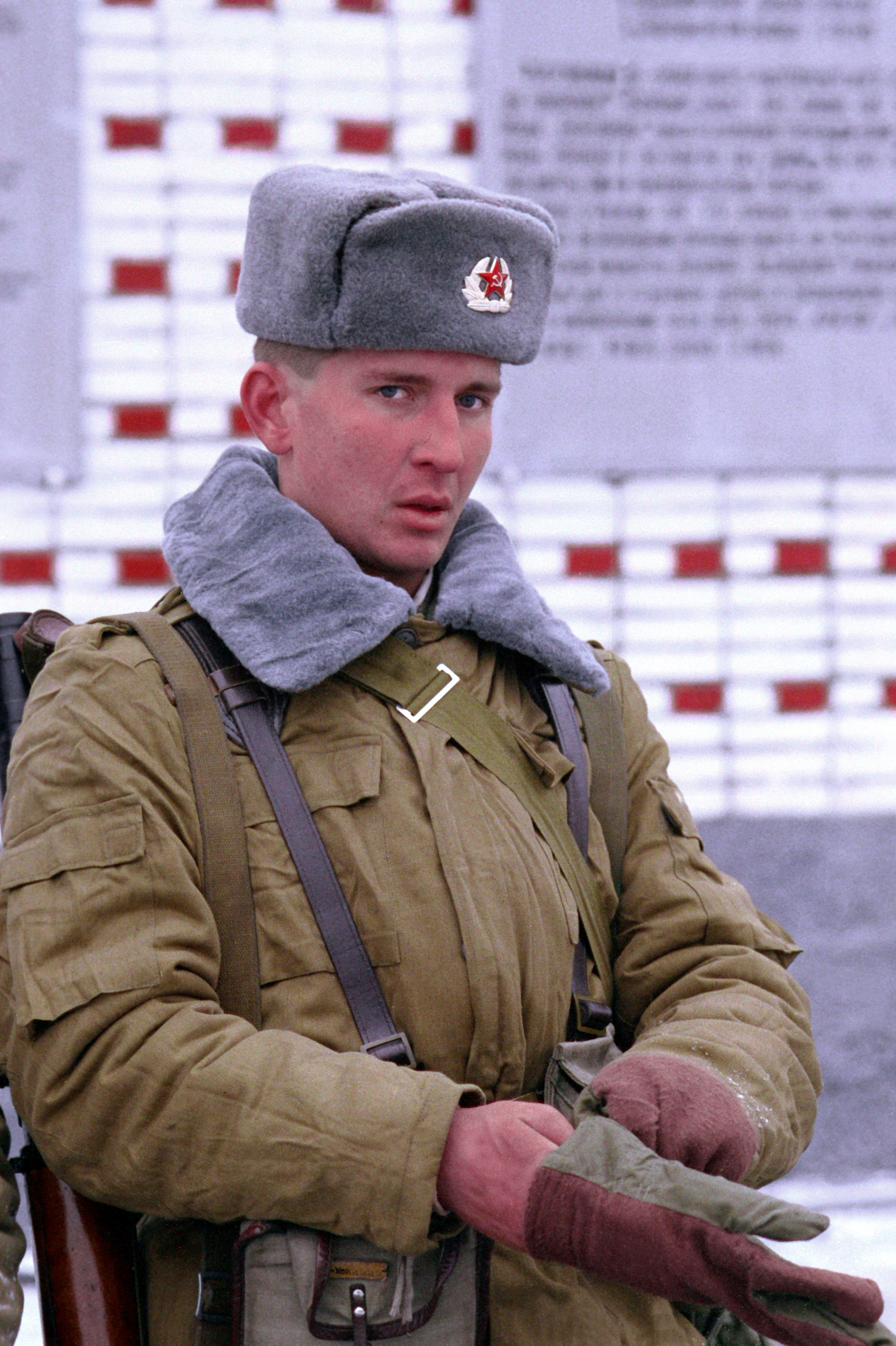Fish Fur on:
[Wikipedia]
[Google]
[Amazon]
 Fish fur () is a
Fish fur () is a
''Women in Russian History: From the Tenth to the Twentieth Century'', by Natalia Pushkareva
{{DEFAULTSORT:Fish Fur Russian words and phrases Russian clothing Textiles
 Fish fur () is a
Fish fur () is a Russian-language
Russian is an East Slavic language belonging to the Balto-Slavic branch of the Indo-European language family. It is one of the four extant East Slavic languages, and is the native language of the Russians. It was the ''de facto'' and ''de j ...
ironic expression used to describe poor quality of coats and other clothes worn for warmth. In modern times, it is also used for fake fur
Fake fur, also called faux fur, is a Pile (textile), pile fabric engineered to have the appearance and warmth of fur. Fake fur can be made from a variety of materials, including polyester, nylon, or Acrylic fiber, acrylic.
First introduced i ...
, especially of poor quality. The term traces back to a Russian proverb "A poor man's fur coat
Fur clothing is clothing made from the preserved skins of mammals. Fur is one of the oldest forms of clothing and is thought to have been widely used by people for at least 120,000 years. The term 'fur' is often used to refer to a specific item ...
is of fish fur." ().
The expression has often been used to describe the uniform of the Soviet Army
The Soviet Ground Forces () was the land warfare service branch of the Soviet Armed Forces from 1946 to 1992. It was preceded by the Red Army.
After the Soviet Union ceased to exist in December 1991, the Ground Forces remained under th ...
. In particular, elements of winter uniform (ushanka
An ushanka (, , from , ), also called an ushanka-hat (, ), is a Russian fur hat with ear-covering flaps that can be tied up on the crown of the cap, or fastened at the chin to protect the ears, jaw, and lower chin from the cold.
An alternativ ...
, collar
Collar may refer to:
Human neckwear
*Clerical collar (informally ''dog collar''), a distinctive collar used by the clergy of some Christian religious denominations
*Collar (clothing), the part of a garment that fastens around or frames the neck
...
s, mitten
A mitten is a type of glove that covers the hand but does not have separate finger openings or sheaths. Generally, mittens still separate the thumb from the other four fingers. They have different colours and designs. Mittens provide greater th ...
s) of ordinary soldiers and lower ranks were made of wool
Wool is the textile fiber obtained from sheep and other mammals, especially goats, rabbits, and camelids. The term may also refer to inorganic materials, such as mineral wool and glass wool, that have some properties similar to animal w ...
pile, which has been a popular cheap material for civilian clothing as well.
Aleksandr Solzhenitsyn
Aleksandr Isayevich Solzhenitsyn. (11 December 1918 – 3 August 2008) was a Soviet and Russian author and Soviet dissidents, dissident who helped to raise global awareness of political repression in the Soviet Union, especially the Gulag pris ...
in his ''Gulag Archipelago
''The Gulag Archipelago: An Experiment in Literary Investigation'' () is a three-volume nonfiction series written between 1958 and 1968 by Russian writer Aleksandr Solzhenitsyn, a Soviet dissident. It was first published in 1973 by the Parisian p ...
'' records the expression "Stalin
Joseph Vissarionovich Stalin (born Dzhugashvili; 5 March 1953) was a Soviet politician and revolutionary who led the Soviet Union from 1924 until Death and state funeral of Joseph Stalin, his death in 1953. He held power as General Secret ...
's fur" in the meaning of no fur of any kind, in reference to the dress of Gulag
The Gulag was a system of Labor camp, forced labor camps in the Soviet Union. The word ''Gulag'' originally referred only to the division of the Chronology of Soviet secret police agencies, Soviet secret police that was in charge of runnin ...
inmates, supposedly derived in an analogy with "fish fur".
See also
* Fur-bearing troutReferences
External links
''Women in Russian History: From the Tenth to the Twentieth Century'', by Natalia Pushkareva
{{DEFAULTSORT:Fish Fur Russian words and phrases Russian clothing Textiles